

The human brain has a multitude of functions. As well as organising our thoughts, feelings and actions, it also controls bodily processes like fertility. At puberty, the brain is ultimately ...
READ MORE

Position: former Associate Professor, University of Otago. Field: Ophthalmology. Dr Gordon Sanderson was Associate Professor in the Department of Ophthalmology at the University of Otago ...
READ MORE
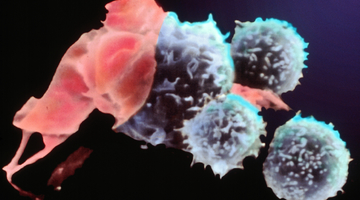
We all get sick from time to time. Wintertime, in particular, brings with it colds and flus. Rights: Image licensed through 123rf.com Sick child We all get sick from time to time and don’t feel ...
READ MORE
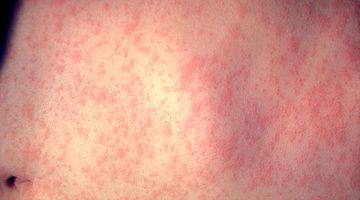
In this activity, students use drama to model science ideas about immune response to pathogenic microorganisms. By the end of this activity, students should be able to: explain some basic ideas ...
READ MORE

Honey is antibacterial and can prevent growth of most types of bacteria. This experiment compares the effect of different types of honey on bacteria growing on agar plates. Purpose To compare the ...
READ MORE

The amount of water in honey depends upon the type and quality of the honey. In this experiment, you can compare different honeys to see how much water they contain. Purpose To compare the water ...
READ MORE

Alzheimer’s disease is an irreversible, progressive brain disorder that slowly destroys memory and thinking skills and eventually even the ability to carry out the simplest tasks. In this online ...
READ MORE
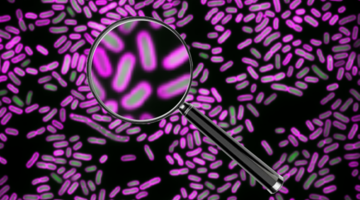
Help this global project to develop a faster test for antibiotic resistance by looking inside bacteria that have been treated with antibiotics. This will improve healthcare for patients with ...
READ MORE
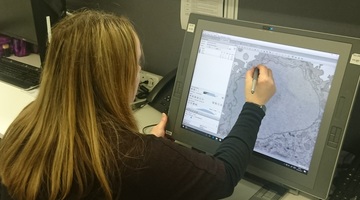
In this online citizen science (OCS) project, participants analyse electron microscope images taken of a range of biological samples, helping scientists better understand cancer, infectious ...
READ MORE

To customise curriculum materials for younger students, teachers need to consider the particular knowledge and skills that their younger students have (Grossman & Thompson, 2008). Strategies ...
READ MORE

Students develop knowledge of new technology that enables fish oil to be added to food without a fishy taste or smell and design an advertisement to promote an omega-3 enriched food. Purpose To ...
READ MORE
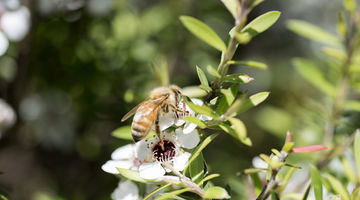
Students investigate the antibacterial properties of Mānuka honey and use their results to produce a dressing that can be used on a wound to kill any bacteria infecting it. Purpose To investigate ...
READ MORE
Dr Rebecca Campbell (University of Otago) discusses the importance of fluorescent molecules in confocal laser scanning fluorescence microscopy (‘confocal microscopy’) of cells. She explains how ...
READ MORE
University of Otago neuroendocrinologist Rebecca Campbell explains why she uses the confocal microscope to look at cell components.
READ MORE
Dr Rebecca Campbell (University of Otago) explains how she builds three-dimensional computer models of whole neurons (brain cells). Rebecca describes why images from confocal laser scanning ...
READ MORE
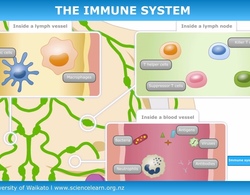
This interactive explains the different cells, microorganisms and molecules involved in the human immune system. Click on the labels for more information. Select here to view the full transcript ...
READ MORE
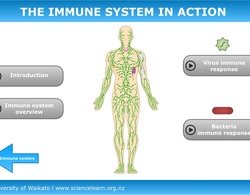
This interactive is a simple version of the human immune response to two different pathogens. Click on the labels for more information. Select here to view the full transcript and copyright ...
READ MORE

Use this interactive to discover a range of resources about microorganisms and antimicrobial resistance. Select a label for more information. Go here for further information, including the ...
READ MORE